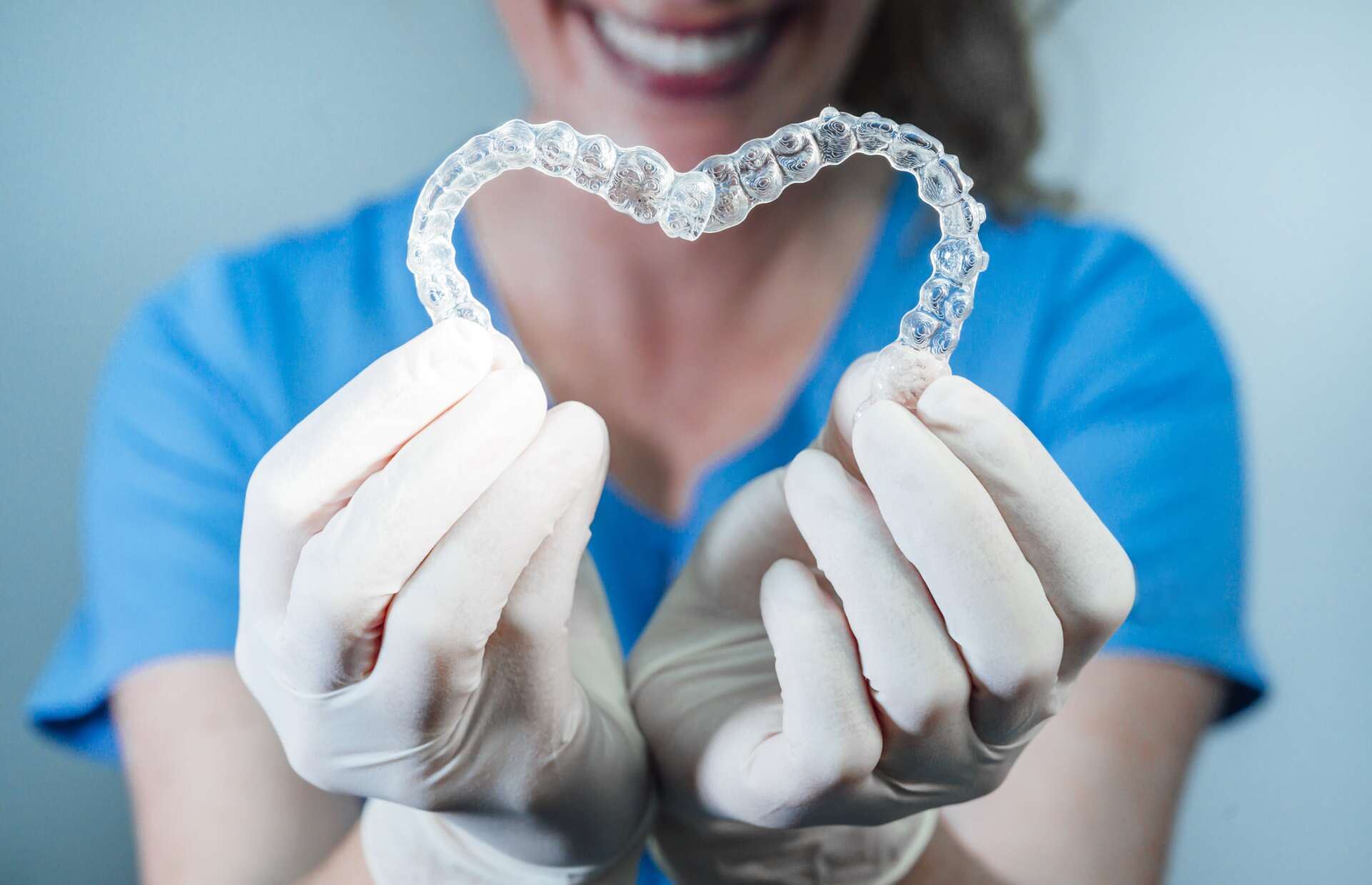How Is a Root Canal Performed?
Root canals are restorative dental procedures that are performed when tooth decay has reached the pulp layer. Although many people dread having a root canal, they are not as bad as they sound. By understanding how a root canal is performed, you will see that root canals are actually highly beneficial to your oral health.
One common reason people dread root canals is because of the belief that root canals are painful. While root canals of the past may have been uncomfortable, modern dentistry has made root canals far more comfortable. In fact, dentists use dental anesthetics when they perform root canals to ensure their patient is numb during the entire procedure. This means that while you may feel pressure or vibrations, you will feel no pain.
Some dentists also offer their patients the option of dental sedation. There are different levels of dental sedation, ranging from being awake and calm to being asleep during the procedure. Dental sedation is ideal for those with dental anxiety, an active gag reflex, or who have trouble sitting still. Both dental anesthetics and dental sedation have made modern root canals much easier and more comfortable.
Another reason people dread root canals is because they don’t know what to expect. Therefore, let’s take a closer look at how a root canal is performed. As mentioned before, the procedure will begin with an anesthetic injection and possible dental sedation, so you are comfortable and calm.
Once you are comfortable and calm, your dentist will use a dental drill to make a tiny hole in your tooth. This hole will start at the top and work its way into the center of your tooth. While you may feel pressure or vibrations from the drill, you should not experience any pain. Using this tiny hole as an access point, your dentist will then use tiny files to remove the infected tissue from the pulp chamber and root canals. Because the root canals are narrow and wavy, this process can take some time while your dentist goes through each canal. They will then flush the pulp chamber and root canals with a microbial solution to prevent future infection.
After the infection has been cleared from the inside of your tooth, the tooth itself needs to be restored. To restore a tooth after a root canal, it is first filled with gutta-percha . This is a rubber-like dental material that provides structural support from the inside out. The tooth will then be sealed with dental cement before being covered dental crown. The dental crown will completely cover the top part of the tooth to prevent future decay or damage.
As you can see, root canals are not as bad as they sound and are actually highly beneficial procedures. The use of dental anesthetics and sedation ensures your experience will be as pleasant as possible, while the removal of the pulp infection ensures your oral health, and your smile, will be preserved.
Dr. Jaskaren Randhawa developed her clinical expertise in advanced restorative, cosmetic, endodontic, and surgical dentistry, and in treating phobic patients. She is an Invisalign and laser certified provider and is trained in placing implants and treating sleep apnea with oral appliances. She engages in ongoing continuing education courses and study clubs to stay up to date with the latest cutting edge dental technology. She is an active member of the American Dental Association, Academy of General Dentistry, American Academy of Cosmetic Dentistry, and the New York County Dental Society.
The post How is a Root Canal Performed? appeared first on Midtown Dental Care.
Request an Appointment
For more information or to schedule an appointment, call us at (212) 575-7740 or complete the form.
Contact Us
We will get back to you as soon as possible.
Please try again later.
Our Contact Information
Office Hours
- Mon - Fri
- -
- Sat - Sun
- Closed
Our Services
Quick Links
Office Information
- Sat - Mon
- Closed
- Tue - Fri
- -
Accepted Payments
Contact Us
Midtown Dental Care - Dr. Jaskaren Randhawa




